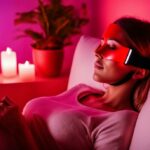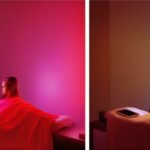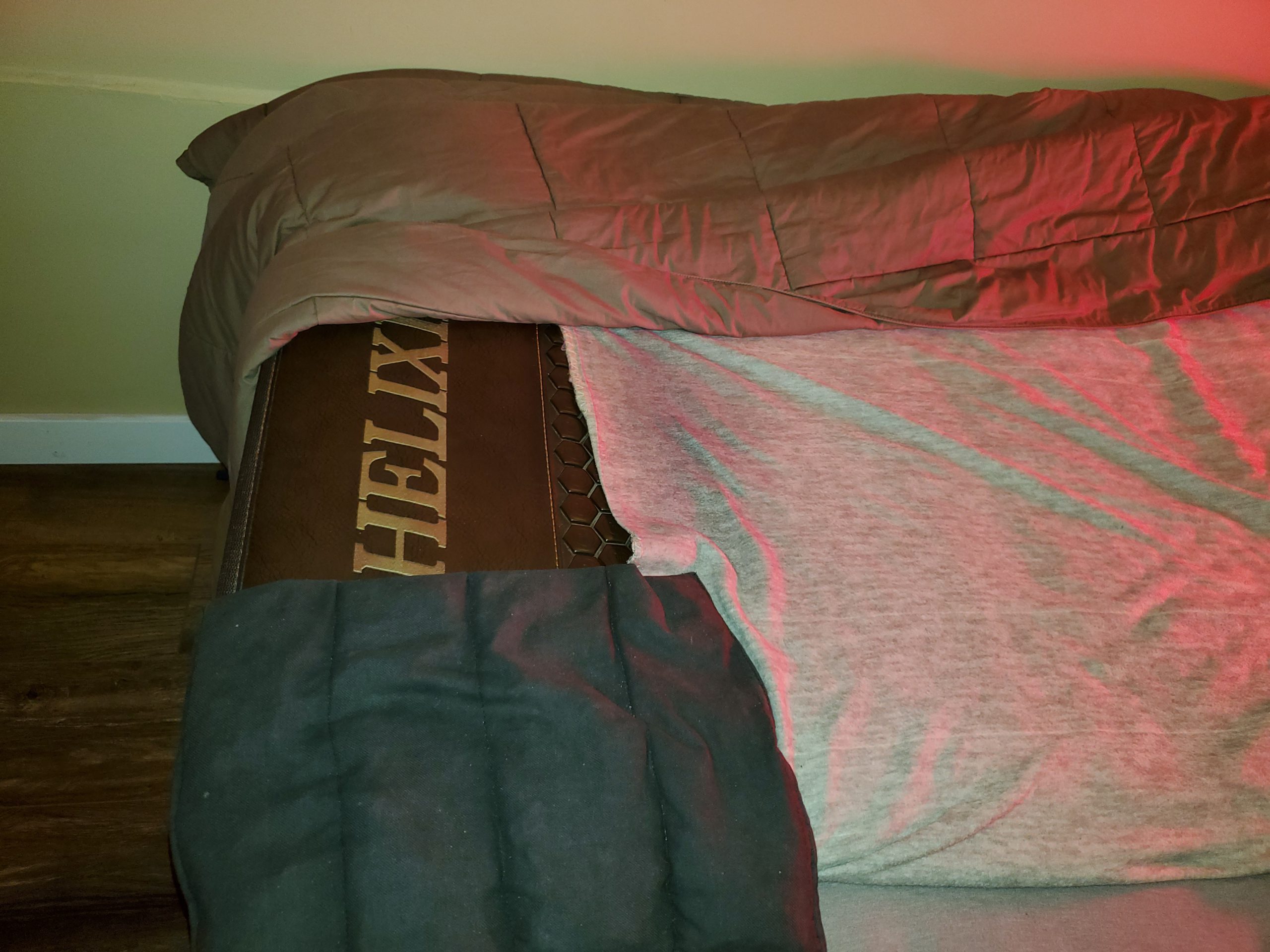Yellow light therapy is a popular skincare treatment that uses a specific wavelength of light to improve the appearance and health of the skin. This non-invasive and gentle treatment is said to reduce inflammation, stimulate collagen production, and improve skin tone and texture. In this article, we will explore the benefits and potential downsides of yellow light therapy for the skin.
Contents
Understanding Light Therapy
Before delving into the specifics of yellow light therapy, it’s essential to have a basic understanding of light therapy. Light therapy is a non-invasive treatment that uses specific wavelengths of light to promote skin health, improve mood, and regulate sleep patterns. This treatment is commonly used to treat conditions such as acne, rosacea, psoriasis, and eczema.
How Light Therapy Works
Light therapy works by penetrating the skin’s surface and stimulating the cells in the deeper layers of the skin. These cells then produce more collagen and elastin, which leads to improved skin texture and reduced wrinkles. Additionally, light therapy can improve blood flow to the skin, which can help to reduce inflammation and promote healing.
The Benefits of Yellow Light Therapy
Yellow light therapy utilizes a wavelength of 590nm, making it one of the most visible light therapies. This treatment is commonly used to reduce redness, inflammation, and swelling in the skin. Additionally, yellow light therapy can improve skin texture, reduce wrinkles, and promote healing.
Reducing Redness and Inflammation
Yellow light therapy is highly effective in reducing redness and inflammation in the skin. This treatment works by targeting the blood vessels in the skin, which then constrict and reduce redness. Additionally, yellow light therapy can reduce inflammation by increasing blood flow to the affected area, which can help to reduce swelling and promote healing.
Improving Skin Texture and Reducing Wrinkles
Yellow light therapy can improve skin texture and reduce wrinkles by stimulating the production of collagen and elastin in the skin. Collagen and elastin are essential proteins that give the skin its elasticity and firmness. As we age, our bodies produce less collagen and elastin, which leads to wrinkles and sagging skin. Yellow light therapy can help to reverse this process by stimulating the production of these proteins, leading to firmer, smoother skin.
Promoting Healing
Yellow light therapy can also promote healing in the skin by increasing blood flow to the affected area. This increased blood flow can help to deliver essential nutrients and oxygen to the skin’s cells, promoting healing and reducing the risk of scarring.
Misconceptions About Yellow Light Therapy
There are several misconceptions about yellow light therapy that are important to address. One of the most common misconceptions is that yellow light therapy is harmful to the skin. However, this is not true. Yellow light therapy is a non-invasive treatment that is safe for all skin types.
Another common misconception is that yellow light therapy is only effective for reducing redness in the skin. While yellow light therapy is highly effective in reducing redness, it also has several other benefits, as mentioned above.
Key Takeaway: Yellow light therapy is a non-invasive treatment that utilizes a specific wavelength of light to reduce redness, inflammation, and swelling in the skin. It can also improve skin texture and reduce wrinkles by stimulating the production of collagen and elastin. While there are several different types of light therapy, yellow light therapy can be done safely at home using LED light masks or handheld devices.








